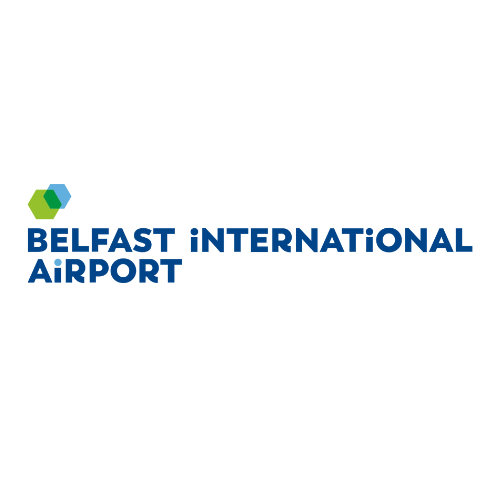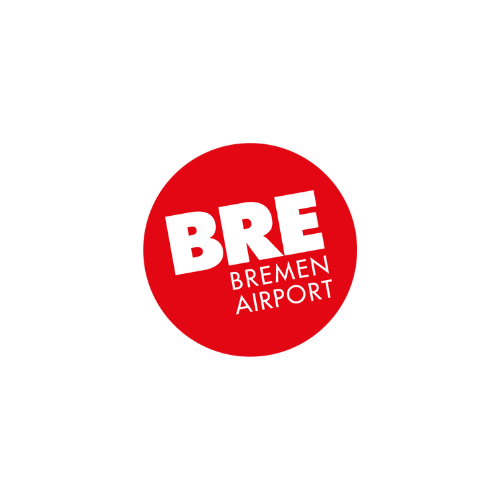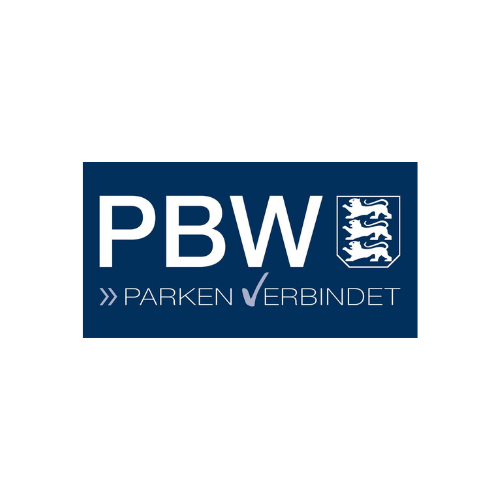From parking to retail to public services, here’s how integrated platforms unlock convenience, loyalty, and sustainable growth.
Over the past three instalments of our Smart Cities series, we’ve covered the challenges cities face across parking and retail, the importance of trust in data use, and how a unified, digital-first ecosystem can create a more citizen-friendly experience.
We’ve discussed how fragmented services lead to missed opportunities, lost revenue and siloed data. But we’ve also highlighted how digital transformation can create a more seamless urban journey for everyone.
Now, in our final instalment, we’re bringing it all together, with inspiration from an unexpected source: airports.
Because the truth is: fragmentation is a shared problem, and integration is the shared solution.
Think like an airport (but for everyday city journeys)
It might not be the most obvious comparison, but cities and airports share more in common than you might think. For starters, both move large volumes of people through complex environments, rely on interconnected services, and thrive on a quality customer experience.
However, what’s setting airports apart is how they’re tackling fragmentation. Many now run unified digital ecosystems, integrating commercial and operational services into a single platform. The result? Seamless journeys, data-driven decisions, and increased profits.
Modern airports enable passengers to plan, book and personalise their entire journey – from parking reservations and Fast Track security to lounge access and retail offers, all through a single interface. Their preferences, behaviours and purchases generate valuable data, which feeds into loyalty programmes, operational insights, and real-time service improvements.
Cities can do the same.
Just imagine a city where citizens and visitors can plan their visit in advance:
- Reserving a parking space close to the store they’re visiting
- Purchasing a public transport pass when car parks are busy
- Browsing local offers based on previous purchases
- Receiving personalised recommendations based on their location
- Joining a city-wide loyalty programme with tailored rewards
All within a single app or website.
Behind the scenes, city operators gain real-time data on demand patterns, occupancy rates, footfall, and more, resulting in smarter decisions and improved service delivery.
By mimicking airports and creating a unified, connected ecosystem, cities can break down long-standing silos and deliver the joined-up experience today’s consumers have come to expect.
And crucially: they don’t have to do it all at once. As airports have shown, a phased transformation is a wise approach: starting with parking, and then layering retail, transport, loyalty and wider city services over time.
The smart city journey: what integration looks like in practice
So, what does this look like in the real world?
Here’s a typical day in the life of a visitor to a smart city – powered by a platform like Rezcomm’s…
It starts the night before, when Katie is planning a trip into the city to buy a gift for her best friend’s new baby. The weather looks good, so maybe she’ll grab lunch at the new restaurant with the gorgeous outdoor area she spotted on Instagram.
Using the smart city’s platform, she:
- Reserves a parking space close to the boutique and upgrades to EV charging
- Places a click-and-collect order at the boutique
- Books an outdoor table at the restaurant
- Redeems a personalised retail offer that pops up for a product she was looking for
- Gets notified about a local exhibition she’d love
The next day, traffic is a little heavy, but the smart city app guides her to the designated space via the quickest route. She uses the QR code on her smartphone to open the car park barrier. A push notification reminds her of the lunch reservation and, later, the exhibition.
Throughout the day, Katie makes spontaneous purchases and collects loyalty points – all tracked through the city’s platform. Behind the scenes, every touchpoint generates valuable data for the smart city providers.
And even after Katie leaves the city, the experience continues…
The next day, she receives a thank you email containing:
- A feedback request in exchange for a parking discount
- A summary of the loyalty points earned and what they can be redeemed for
- Suggestions for similar upcoming events and local promotions
From start to finish, the smart city experience is hyper-personalised, convenient, and deeply connected. And crucially, it’s all powered by a single, modular ecosystem that weaves multiple services together (without the headache of managing multiple systems.)
“We’ve got to shift from leasing boxes to curating place. From shelves with products for sale to stages with stories to share.”
It’s a mindset shift: from single transactions to experiences, and fragmented visits to meaningful, connected journeys. With the right platform and support, cities can begin this transformation now.
What’s in it for stakeholders?
A connected smart city doesn’t just benefit citizens and visitors. Every stakeholder, from parking operators to retailers and local authorities, stands to benefit from a more unified, data-driven approach.
Here’s how a smart city platform like Rezcomm’s delivers value:
Parking operators
- Increase occupancy and revenue through pre-booking, dynamic pricing, and bundled services
- Reduce congestion and emissions with real-time availability and smarter routing
- Enhance operational efficiency by automating entry, payment, and loyalty tracking
- Access rich customer insights to inform service improvements and personalised offers
Retailers & local businesses
- Drive footfall through targeted promotions and event integration
- Enable click-and-collect and advance ordering for convenience and upsell opportunities
- Join a loyalty ecosystem that spans parking, retail, and hospitality, encouraging repeat visits
- Access insights on customer behaviour, preferences, and visit frequency
Transport authorities
- Optimise usage of public transport with real-time updates and demand-based planning
- Reduce car dependency by offering seamless multimodal journey planning
- Better understand journey patterns to inform long-term transport policy
- Collaborate with other services to deliver a more joined-up experience
Local authorities, Business Improvement Districts (BIDs) & city planners
- Create a more liveable city with improved accessibility, reduced congestion and emissions, and better visitor flow
- Leverage data to make evidence-based decisions on infrastructure, investment, and events
- Support local economies by connecting businesses with consumers in smarter ways
- Improve citizen satisfaction with integrated services that feel effortless and personalised
Because Rezcomm’s platform is modular, each stakeholder can start with what matters most to them and scale as they go.
Ready to get started?
Smart city transformation doesn’t have to be complex or happen all at once. With a phased approach, cities can introduce change gradually, building stakeholder confidence and momentum at every step.
Start simple, with something like a parking reservation system. It’s a quick win that removes a major barrier, giving visitors the confidence to drive into the city knowing a space is waiting for them.
Then, layer in more value:
- Add an interactive city map highlighting retailers, restaurants, and landmarks
- Showcase events and activities to help visitors plan their day
- Introduce deeper integrations like restaurant bookings, event tickets, and loyalty programmes
Each phase unlocks more value, for citizens and city partners alike. What begins as a simple service soon becomes a joined-up experience that delivers insights, convenience, loyalty and revenue.
Start small and scale smart. Contact us to explore phased adoption and try our digital marketplace for cities.




























